The Gift of South Dakota
Subscriptions to South Dakota Magazine make great gifts!
Subscribe today — 1 year (6 issues) is just $29!
The Winter Deer Hunt
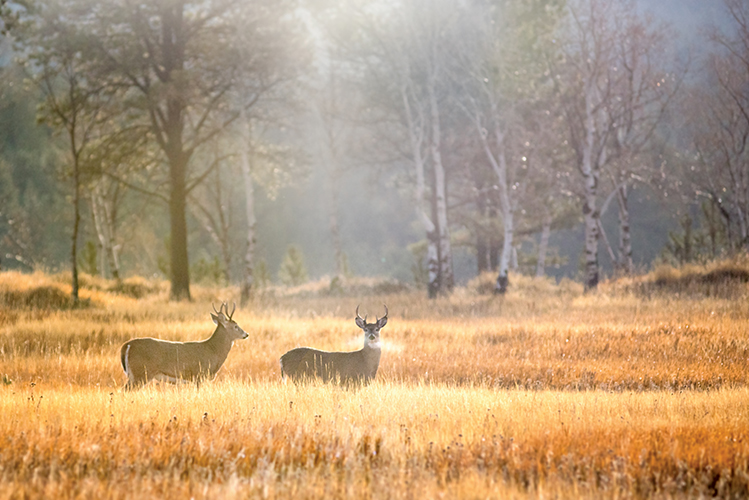 |
| Deer are the most popular big game species hunted in South Dakota. The state earns nearly $4.8 million annually in license revenue. Photo by Jesse Brown Nelson. |
We arrived just before the sun crested the eastern horizon. A small propane heater buzzed in the corner of the 4-by-8-foot shack, softening the bite of a 29-degree late November morning.
Our eyes strained through cloudy windows into the thick shelterbelt, watching for any movement. A hen pheasant clucked furiously somewhere inside the tangle of cottonwoods. A squirrel pounced back and forth between tiny branches that barely held his weight.
Our silent vigil was aided by 6 inches of snow that had fallen the week before. The draws and valleys, normally a monotone late autumn brown, were filled with white, making the deer we sought even more visible.
Deer are by far the most popular big game species hunted in South Dakota. Deer license sales, on average, are about three times greater than all other big game licenses, and generate $4.8 million annually in license fee revenue. In 2015, about 61,000 South Dakotans (7.5 percent of the population) and another 6,850 non-residents hunted deer in the state.
For many families, the winter deer hunt is a long held and cherished tradition. That’s what brought us to this deer blind on a farmstead north of Henry, in the far western edge of Codington County — to pass that tradition along to my son Joe, a newly licensed 12-year-old, experiencing his first hunt.
The hunt was a lesson in patience. Not a single deer appeared in the first hour of daylight, although we knew this stand of trees was a favored spot. Just three days earlier, a fine 4-by-4 had been harvested from this very shelterbelt. And two weeks earlier we watched two trophy bucks chase several does up the ridge on the far side of the trees. One of them stopped, alerted by the faintest of sounds coming from our hiding spot, and stared in our direction for what seemed an eternity.
As the sun finally peeked over the tops of low-lying clouds to our backs, the gnarled cottonwoods were bathed in golden light. Stubble in the field off to the south began to lose its coat of frost. A thin layer of fog formed over a small pond just beyond the trees, and slowly burned away as the sun rose higher into the sky. But no deer. More than once, Joe’s attention turned to his iPhone and a rousing game of Brain Dots to stem the boredom.
Just before 9 a.m., we saw three does trotting south to north through the trees. My young hunter quietly opened the hinged window and rested the barrel of his rifle on the ledge. “Shoot the last one,” our guide whispered. Nervous anticipation filled the shack. He had done well shooting at targets in the farmyard, but what would happen now that an actual deer stood in his crosshairs? For some hunters, this is the moment they learn that they simply can’t pull the trigger, despite the desire and preparation.
A shot rang out — but not from us. A hunter somewhere to our south had spied his own prize. The deer froze for an instant, and then ran north into thicker trees. The opportunity was lost.
Once again, we waited. Two young bucks wandered into a clearing from the east, but since Joe’s tag allowed only the harvest of one antlerless deer we watched as they jumped the barbed wire fence with ease and trotted into the trees.
At 9:40, we called it a morning, much to Joe’s disappointment. Deer are most active in the hours immediately around dawn and dusk, bedding down for much of the bright daylight hours. Later, we would have another chance.
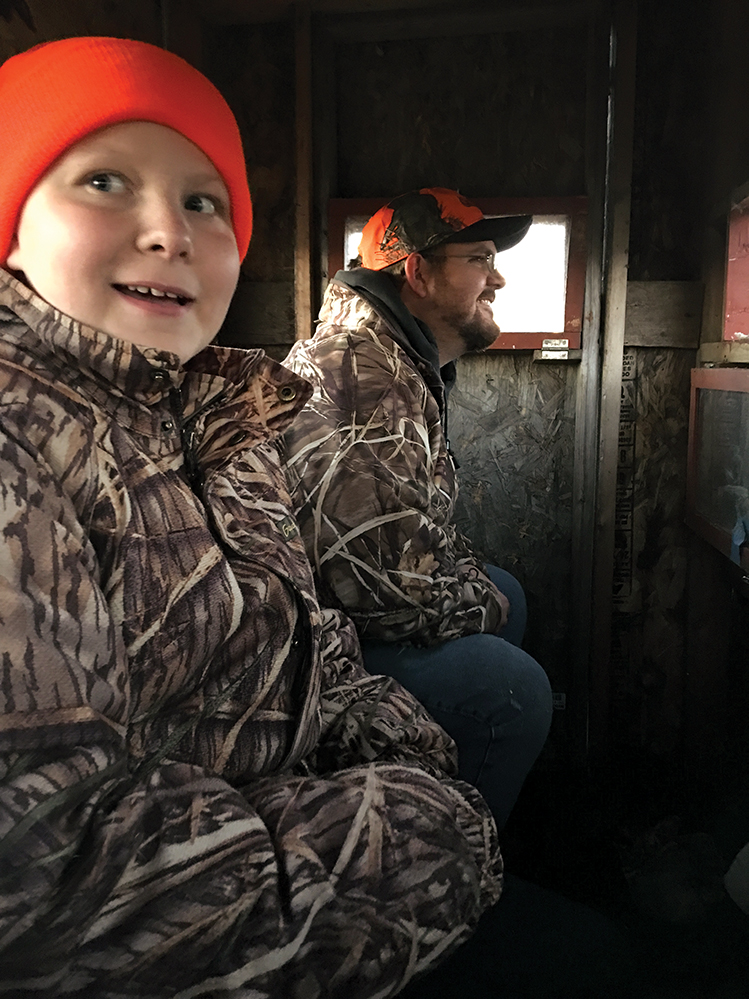 |
| Joe Andrews, a newly-licensed 12-year-old, discovered that the winter deer hunt can be a lesson in patience as he waited in the deer shack west of Watertown with uncle Eric Johnson. |
The first written record of deer hunting by European explorers came in 1804, when Meriwether Lewis killed two mule deer at the mouth of the White River. Deer were abundant when homesteaders began flooding into Dakota Territory in the 1860s, which meant they were a steady food source for families eking out a sparse existence on the frontier. Deer numbers dropped so drastically that in 1883 the territorial legislature banned hunting from Jan. 1 to Sept. 1, hoping to help herds recover.
The animals rebounded, but slowly. More stringent legislation in the early 1900s and creation of the state Game, Fish and Parks Department in 1909 aided deer populations. A structured deer season was reintroduced in 1929, when 2,000 residents were given licenses to hunt in the Black Hills. An East River season was added in 1947, followed by a West River Prairie season in 1952. Deer hunting in South Dakota reached record levels in 2010, when 81,478 hunters purchased 128,250 licenses to hunt deer, resulting in a harvest of 95,000 animals. Today South Dakota offers separate seasons for archery, muzzleloaders and youth, among others, all under the watchful eye of Game, Fish and Parks, the agency tasked with ensuring South Dakota’s deer herds remain healthy and plentiful. At last count, 426,000 whitetails and 116,500 mule deer roamed the state.
We returned at 4:10 p.m., with 41 minutes of daylight left and 71 minutes to hunt. It was 46 degrees; no need for the heater. Now, as we faced west, we stared into the brightly setting sun. There wasn’t a breath of wind. A squirrel — maybe the same one we saw just hours earlier — leapt from thin branch to thin branch, evoking a sense of déjà vu.
But this wasn’t a repeat of our morning in the blind. After barely more than 30 minutes, three deer ambled along the fence line. Again, the window quietly opened. We watched as they nosed through the undergrowth, pausing every now and then to sniff the air and listen for sounds that didn’t belong.
Joe trained his attention on the large deer in the rear, waiting for it to emerge from the brush. Silence filled the blind. The deer stepped forward and raised its head.
The loud crack of his rifle shot reverberated throughout the small confines of the shack. Two deer turned and ran, while the third reared up on its back legs. It cleared the barbed wire, stumbled and fell no more than 20 feet into the clearing. It was 4:51. Sunset.
Another November is now upon us; talk of returning to the blind has permeated suppertime conversations for several weeks. Joe was lucky enough to secure an East River buck tag for 2019, in addition to his youth tag. His trophy buck roams this very morning somewhere in the trees of Codington County. Soon, we’ll be back for another season among the squirrels, pheasants and the chill of a late autumn day.
Editor’s Note: This story is revised from the November/December 2017 issue of South Dakota Magazine. To order a copy or to subscribe, call (800) 456-5117.


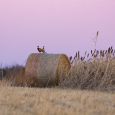
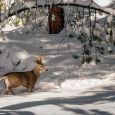
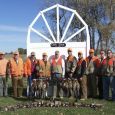
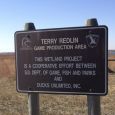
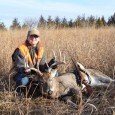



Comments
"Immerse yourself in the outdoor experience. It will cleanse your soul and make
you a better person."
Fred Bear